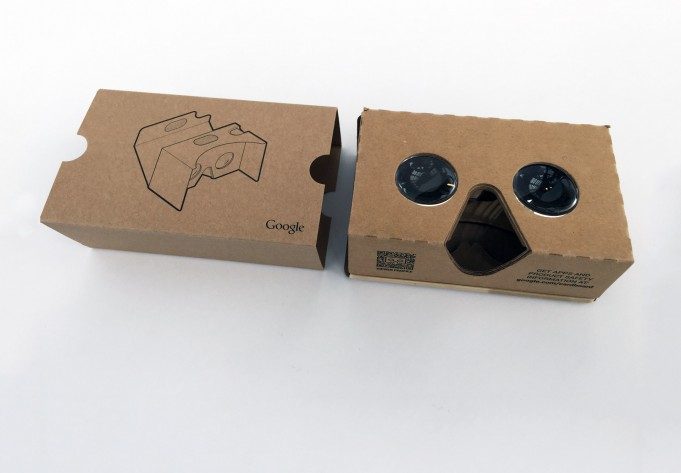The latest public data point on the number of Google Cardboard viewers shipped shows tremendous growth for this inexpensive entry point into virtual reality.
A week after Google launched Cardboard as an experiment at I/O 2014, the company told us they’d handed out some 6,000 kits. At the end of that year, the figure had grown to 500,000 as the company began to ramp up and get serious about the project.
Last week at Google I/O 2015, just six months after that half million mark, the company said there are more than 1 million Cardboard viewers out in the wild, demonstrating impressive demand for the limited but inexpensive smartphone VR viewer. As Google doesn’t officially sell their own version of Cardboard, the figure almost certainly includes those from third-parties which have adopted Google’s open Cardboard design.
See Also: Google Announces New, Larger Cardboard VR Viewer with Universal Input Button
This figure is corroborated by the 1 million install milestone that the official Cardboard app recently rolled over in the Google Play Store (technically the figure is somewhere between 1 million and 5 million, but that’s as specific as the store’s public stats get).
Last week Google began a somewhat stealthy assault onto Apple’s iOS platform by launching the official Cardboard app for iOS and updating their Cardboard Unity SDK to be compatible with the platform, opening the door for many developers to bring their Android VR experiences to Apple’s App Store.
See Also: Google Bringing VR to iPhone, Cardboard App Now Available on iOS with New Demos
While there was fear that inferior performance from Cardboard compared to dedicated VR headsets would be “poison in the well” for the industry, it seems that Google may be on the money with its insistence that Cardboard is an entry point into VR; the official Cardboard app maintains a solid 4.2 out of 5 rating across more than 33,000 reviews on the Play Store.







